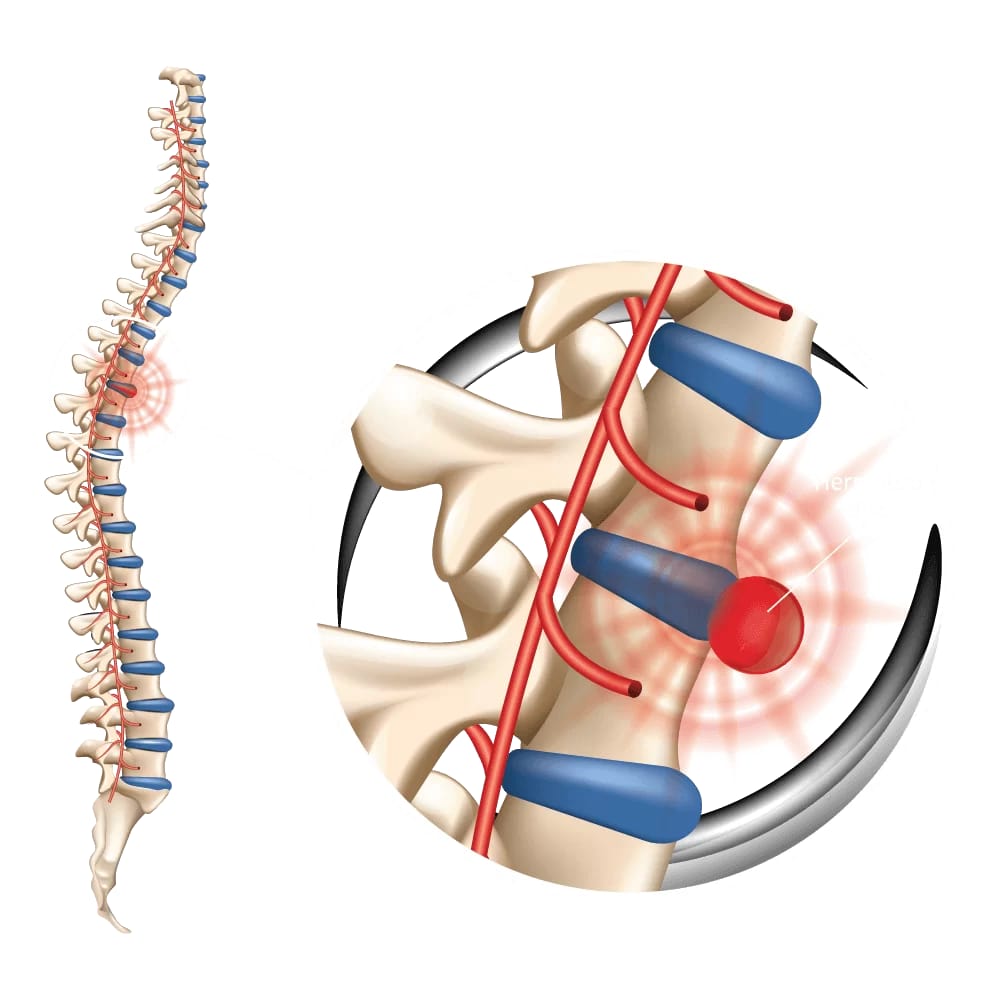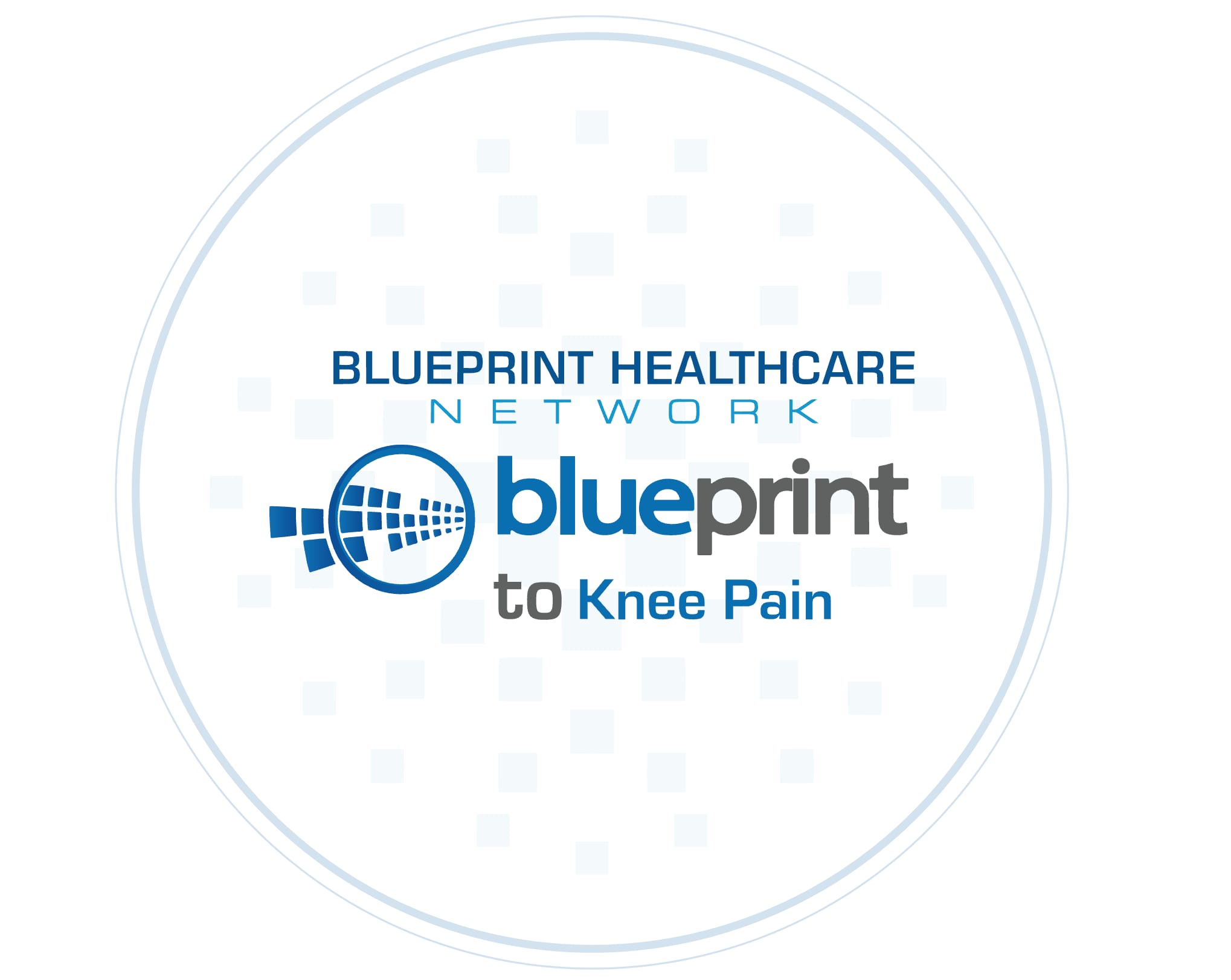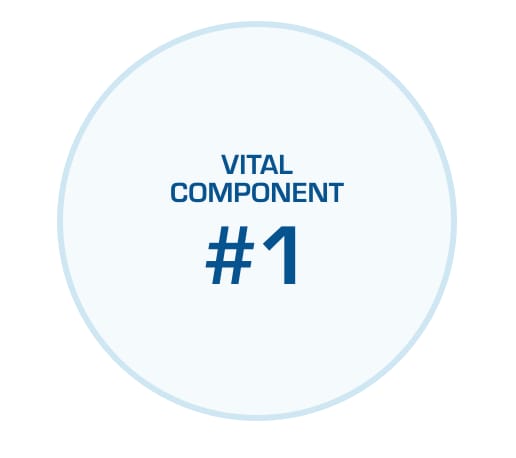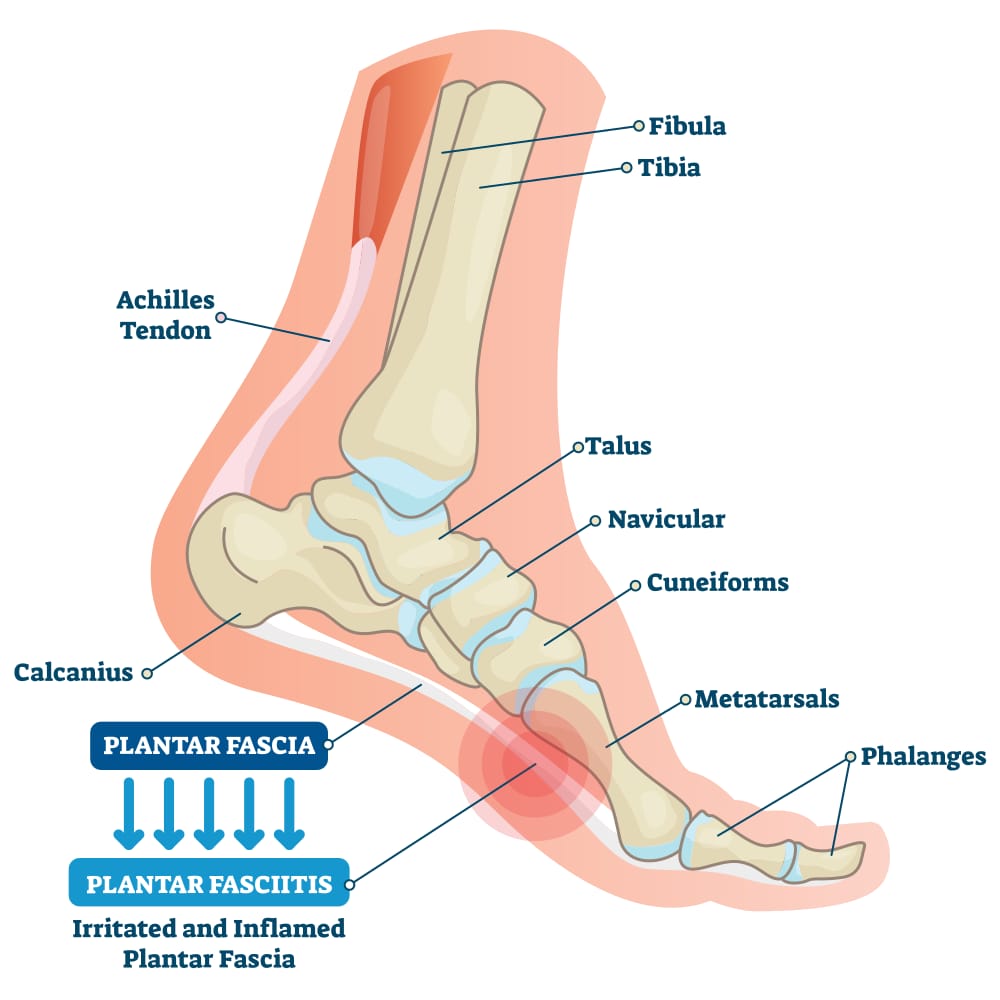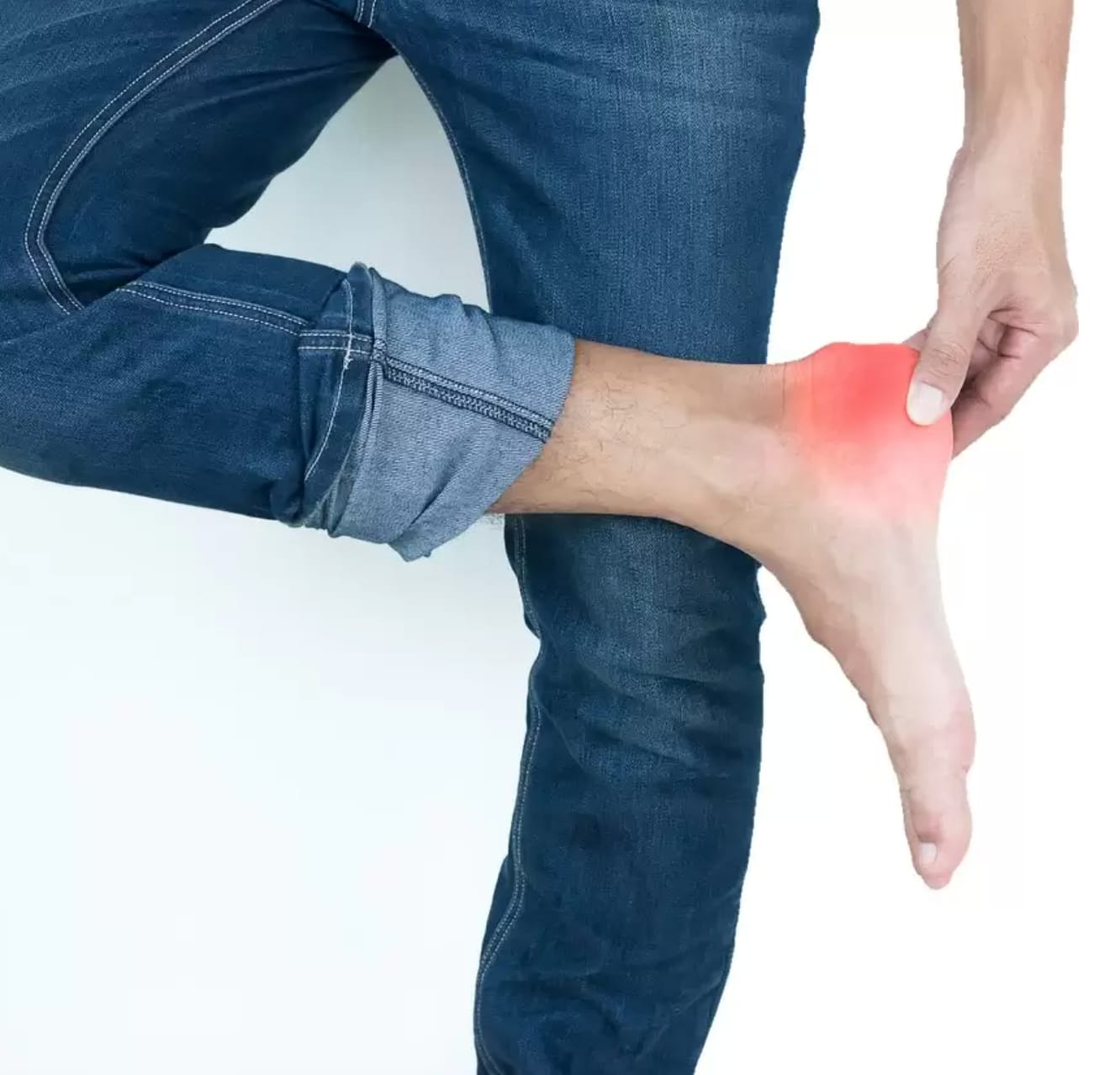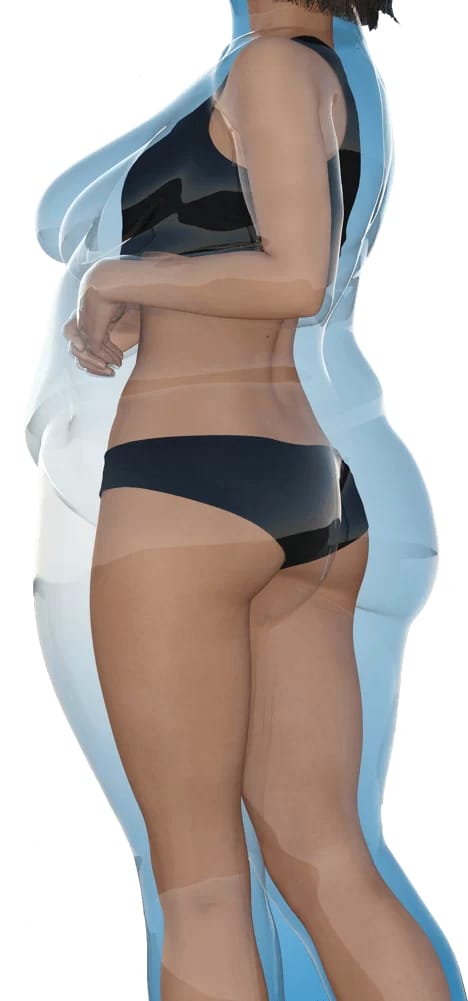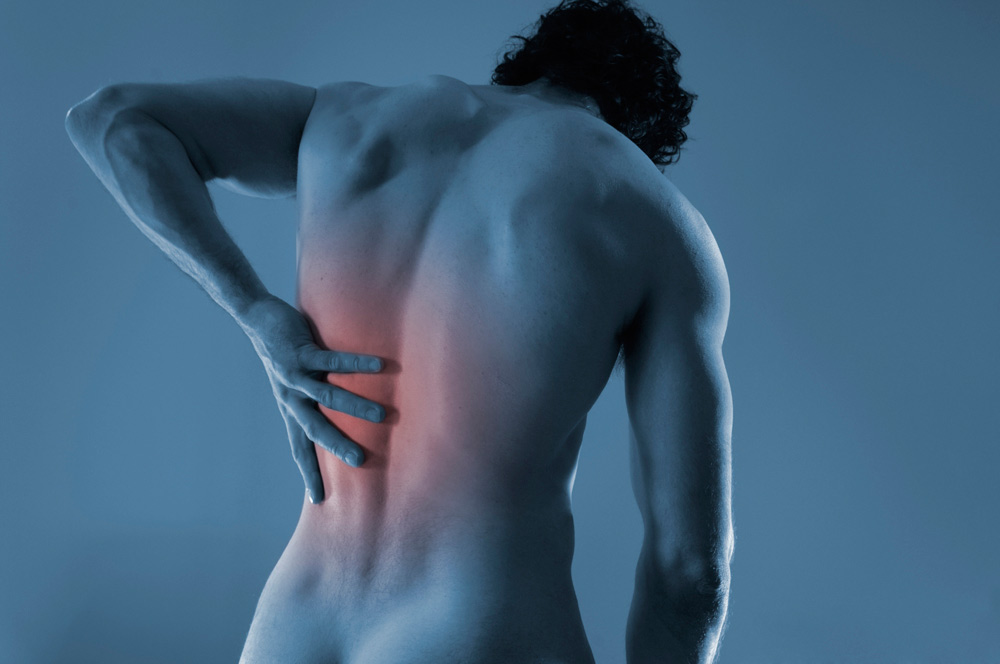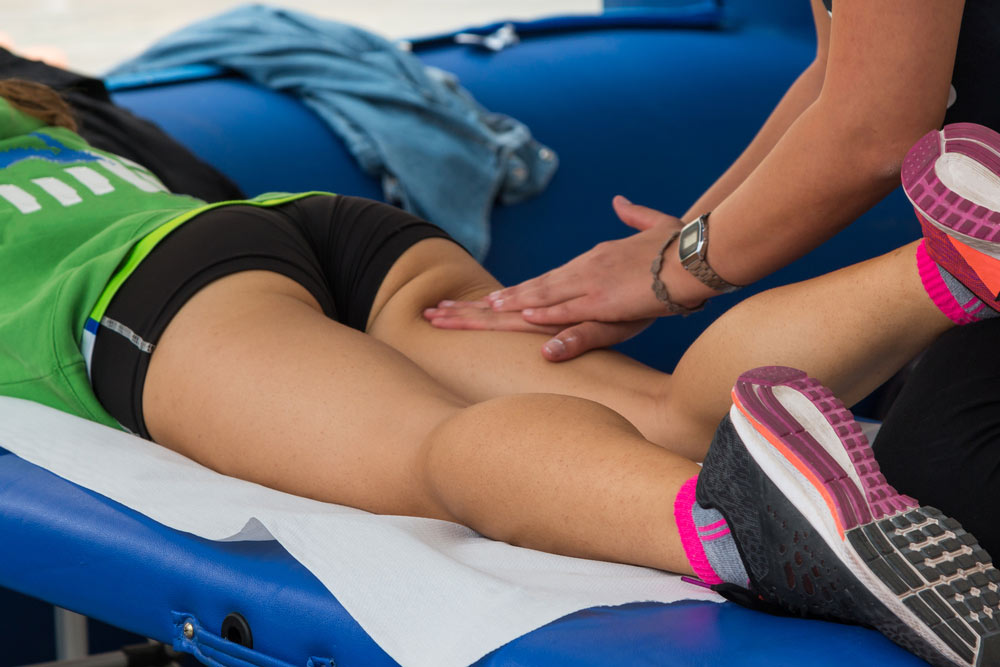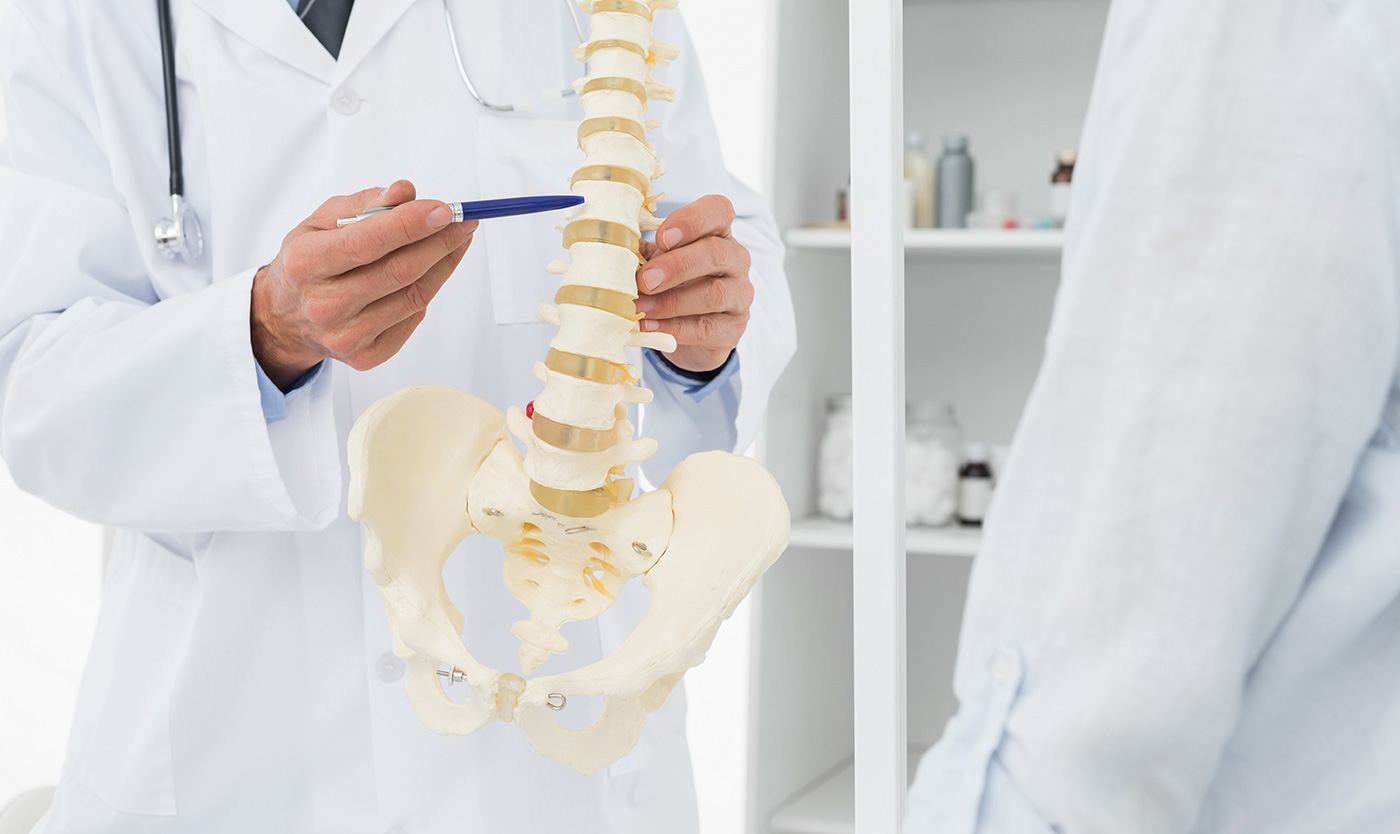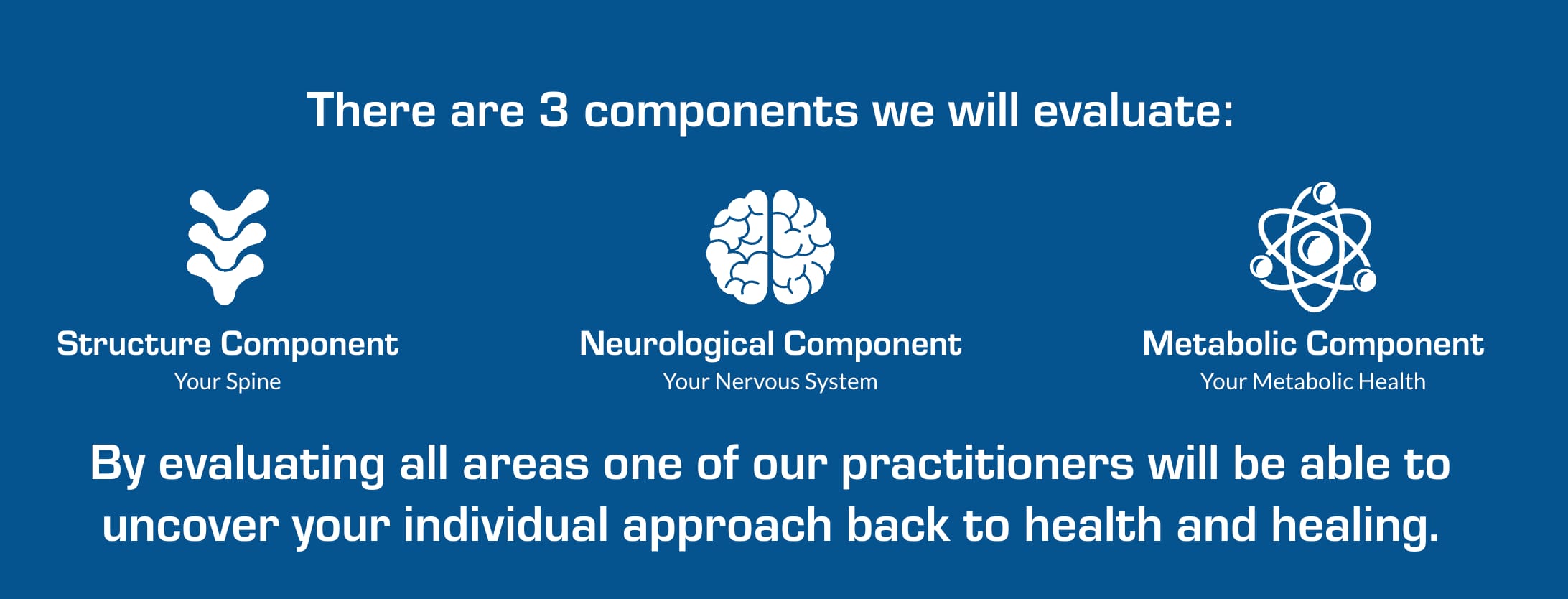Does the treatment hurt?Acousana therapy is also a diagnostic tool because the only tissue that responds to the acoustic waves is damaged or inflamed tissue. So there will be pain for the patient when we are in the right spot. The pain is tolerable and will go away as the treatment progresses. This is an indication that the treatment is working and the healing process has begun. Most people describe it as a pain that hurts so good and is followed by immediate relief.
Who will perform the treatment?Acousana therapy is performed by experienced technicians who have received hands on training in order to provide successful patient outcomes.
How many treatments does it take?This depends on the nature of the condition being treated. The typical treatment protocol is 3-6 treatments. Conditions such as severe arthritis or neuropathy may require additional or ongoing periodic care to control pain.
How long before results are felt?Most patients will experience immediate pain relief following the first treatment. However, to ensure long term results and healing, a full treatment protocol of 3-6 treatments is recommended (*results may vary).
Are there any negative side effects?There are no known negative side effects of Acousana therapy and you can return to your daily activities immediately after the treatment however you will want to avoid overusing the injured area until completing all therapy sessions.
Is the technology FDA cleared?Acousana therapy uses technology that is FDA cleared for pain, increasing blood flow, circulation, and activating connective tissue.
Can it be used in conjunction with other forms of treatment?Yes, Acousana therapy is sometimes even more effective when combined with other forms of therapy, including physical therapy, chiropractic, massage, soft tissue mobilization, electrotherapy, assisted stretching, PRP, stem cell and exosome injections, and following surgery.
SCIATICA
Sciatica symptoms can range from an infrequent tingling sensation in your lower back to constant severe pain traveling down the backs of your legs. Dr. Chad Young is a highly-skilled chiropractor at Young Health USA in Mayfield, Kentucky. He has extensive experience in diagnosing and successfully treating the underlying nerve irritation responsible for your sciatica. Call Young Health USA today to make your appointment, or use their online scheduling service.
Sciatica Q & A
What is sciatica?
Many people mistake sciatica for a disorder when its actually a symptom of sciatic nerve compression and irritation. The sciatic nerve runs from both sides of the lower spine to the buttocks and travels down the backs of your thighs to your feet. Its the largest nerve in the body, and it connects your leg and foot muscles to your spinal cord. Pain and symptoms of sciatic nerve compression and dysfunction are referred to as sciatica.
What are the symptoms of sciatic nerve problems?
More commonly occurring in one leg, but also possible on both sides, sciatic pain is sometimes stabbing, burning, or electric-like. It can come and go or remain constant throughout the day. Its often better with walking or lying down and worsens when you stand still or sit. The pain typically starts in the lower back region and travels down the affected side of the buttock and into the leg and foot.Other symptoms of sciatic nerve compression may include:
- Pressure in the lower back area
- Numbness in the buttock or affected leg
- Tingling or prickling sensation down the leg
- Weakness or giving-way sensation in the affected leg or foot
What causes sciatic nerve compression?
Issues known to cause sciatic nerve pain include misalignment (subluxation) of lumbar vertebrae, herniated or bulging discs, pregnancy, and childbirth. Frequent constipation and incorrect sitting posture can also lead to sciatic nerve compression or irritation.Another common cause of sciatic nerve pain is piriformis syndrome. Its named after the piriformis muscle thats located near your lower spine. This large muscle connects to the thighbone and assists in hip rotation. The sciatic nerve travels beneath the piriformis muscle.Injury during a fall or having a condition such as hip arthritis can cause cramping and spasm in the piriformis muscle. This can pinch the sciatic nerve and create inflammation and pain.
What is the treatment for sciatica?
Dr. Young first determines the cause of your pain through physical examination, X-rays, and other diagnostic studies.He may recommend several different treatments to relieve your pain and address the underlying cause of your symptoms, including:
- Ice/cold therapies to reduce inflammation
- Electrical nerve stimulation to control pain and decrease muscle spasm
- Ultrasound therapy to increase circulation to the region and reduce swelling, cramping, and pain
- Spinal adjustments to restore alignment of vertebral bodies, increase range of motion, and reduce nerve irritation
AUTO ACCIDENT
Even car accidents that take place at low speeds can cause muscle, joint, and tendon injuries which are best treated by a chiropractor. Dr. Chad Young and his team of dedicated health care professionals at Young Health USA in Mayfield, Kentucky, are specifically trained to diagnose and treat injuries sustained during an auto accident. If you live in Mayfield or any of the nearby communities, call the office today, or make your appointment using their convenient online scheduling service.
Auto Accident Q & A
Why choose chiropractic care after an auto accident?Chiropractors are experts at treating whiplash injuries, back injuries, and other spinal injuries common to auto accidents. Even when you experience only minor cuts and abrasions in an auto accident, the violent forces involved in a crash can cause damage to your neck, back, and shoulder muscles. This causes unequal muscle spasms and splinting on either side of the spine.
This asymmetric muscular response to injury prevents normal range of motion of the spine, and misalignments may occur throughout the vertebral column. Spinal misalignment impairs your mobility and can eventually create chronic pain issues associated with disc and other vertebral abnormalities, including nerve irritation.Rather than just masking your symptoms with pain medications, Dr. Young uses a holistic and integrative approach to health care that provides real healing for your injuries, as it restores your spine to normal alignment and function.
What chiropractic treatment can I expect after an auto accident?The first step in treatment involves a thorough examination that includes diagnostic X-rays to help Dr. Young determine the extent of your injuries and evaluate the alignment of your spine.Chiropractic care otherwise focuses on many aspects of the injuries that are common to auto accidents and may include:
- Various forms of spinal adjustment to realign your spine
- Massage therapy to ease tension and soreness in your muscles
- Electrical stimulation to reduce pain, improve your circulation, and repair tissues
What is chiropractic spinal adjustment?Chiropractic adjustment is also known as chiropractic manipulation, manual manipulation, and spinal manipulation. During an adjustment, Dr. Young applies appropriate levels of force to manipulate the abnormally positioned or dysfunctional vertebrae in your spine. The goal of spinal adjustment is to return your spine to proper alignment, which increases range of motion, reduces nerve irritation, improves function, and decreases pain.
There are several techniques or methods used for spinal adjustments. Dr. Young chooses the appropriate technique for your circumstance. He may start with one method and move on to another as your injuries heal and your spine falls into better alignment.
Spinal adjustment techniques include:
- Flexion-distraction that uses gentle, non-thrusting spinal manipulation
- Instrument-assisted adjustment using a hand-held instrument to apply nonthrusting, gentle force to the spine
- Specific spinal manipulation using gentle thrusting methods to restore normal alignment and stretch the soft tissue

